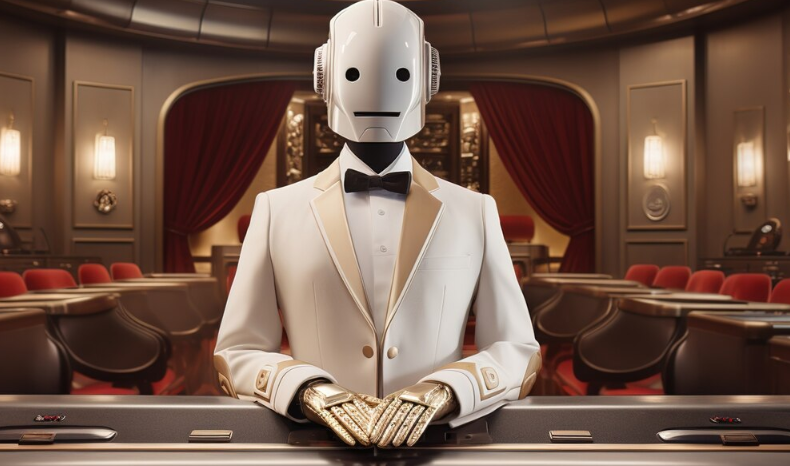As humanity prepares for life beyond Earth — from space stations to Moon bases to future Mars colonies — one crucial question often gets overlooked: How do we design user experiences in zero gravity?
When you leave Earth’s gravitational pull, everything changes: movement, perception, interaction, even the very concept of “up” and “down.” For UX designers, this shift opens up a bold new frontier.
Welcome to Zero-Gravity UX — the art and science of designing interfaces, environments, and experiences for space.
Gravity Is a Design Assumption
Most of the technology we use today — smartphones, keyboards, touchscreens — was designed with one silent assumption: gravity. We rely on the weight of our bodies, the orientation of our screens, and the friction of surfaces to interact with digital and physical tools.
But in microgravity, those assumptions collapse. Objects float. Hands drift. Screens can face any direction. The idea of sitting still while typing or touching a screen becomes awkward, if not impossible.
Rethinking Inputs and Interfaces
In space, traditional input methods can be inefficient or even unusable. Consider a few examples:
- Touchscreens are difficult to stabilize without gravity — astronauts might float away while trying to press a button.
- Keyboards require anchoring and precise movement, which can be challenging when the user is weightless.
- Voice control, while useful, must contend with ambient noise from onboard systems and equipment.
As a result, designers must explore alternatives. Gesture-based interfaces, eye-tracking, haptic feedback gloves, and spatial audio systems are emerging as powerful tools in the space UX toolkit.
Spatial Awareness Without Gravity
One of the biggest UX challenges in space is orientation. In microgravity, there is no inherent “up” or “down.” This disorients not only humans, but also the interface metaphors we’ve relied on for decades.
How do you design a dashboard when there’s no “top”? How do you label directions in a 360° floating environment? UX designers must now embrace fluid interfaces — ones that reorient themselves based on the user’s position, or allow for custom calibration.
Additionally, designers need to consider motion sickness and cognitive load. Overstimulating visuals or sudden changes in orientation can be disorienting in zero gravity.
Designing for Touch, Float, and Drift
In space, everything floats — including the users. This means every interaction needs to be evaluated through the lens of drift dynamics:
- Can a user activate something without pushing themselves away?
- Does the interface require stabilization handles or magnetic anchors?
- Are controls accessible from multiple floating positions?
Even physical UX — like the design of control panels, tools, or seats — must be reconsidered. Modular, rotational, and soft interfaces often work better than rigid, fixed-position designs.
Empathy in Orbit
Ultimately, zero-gravity UX isn’t just about technology — it’s about human factors. Space is an alien environment for the human body and mind. Isolation, confinement, and disorientation can all affect performance and well-being.
Good UX design in space must therefore prioritize:
- Cognitive simplicity – clear, minimal interfaces that reduce confusion.
- Emotional support – interfaces that feel familiar or comforting.
- Multi-sensory feedback – engaging more than just sight or touch.
By designing for the full human experience, we can make life in space not just survivable — but livable.
Conclusion
Zero-gravity UX is more than a design trend — it’s a necessity for the future of human spaceflight. As we move toward longer missions and permanent off-world habitats, the ability to create intuitive, adaptive, and human-centered experiences in space will be as essential as oxygen.
We’re not just designing for users anymore. We’re designing for astronauts, explorers, and pioneers — floating through the unknown, guided by interfaces that must work in ways Earth never prepared us for.


